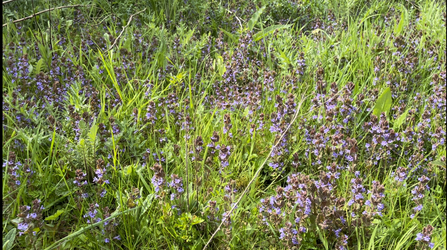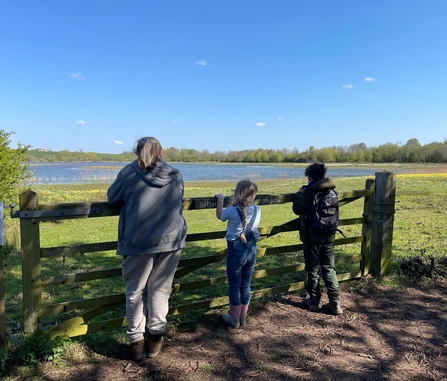Wildlife
Spring is finally here and the wildlife at Summer Leys is really starting to burst into life. We are starting to see many of our beautiful wildflowers on the reserve beginning to bloom, including the usual magnificent display of cowslips on our butterfly meadow. Synonymous with spring, these cowslips are of great value to wildlife, providing an early source of nectar for our pollinators. One of these are our butterflies, which are really starting to get active for the warmer months, and we managed to spot a range of species on our recent Youth Rangers session, where we were carrying out a butterfly survey. We managed to spot seven different species, including 7 individual brimstones flying in one section, which was lovely to see. This data will help us monitor butterfly populations on site, with help from other surveys throughout the year.





